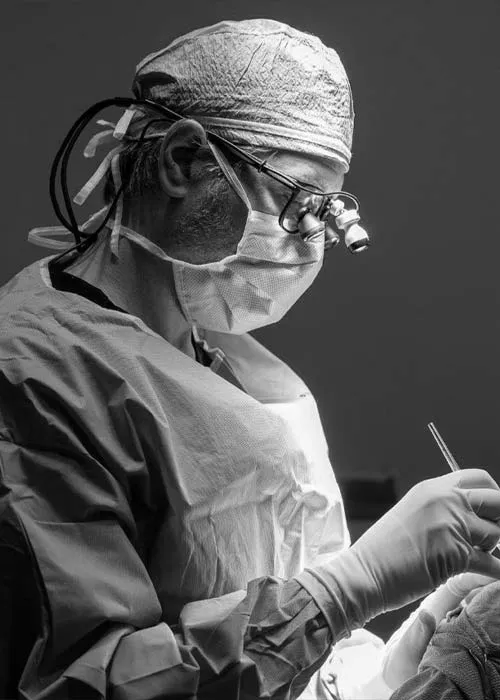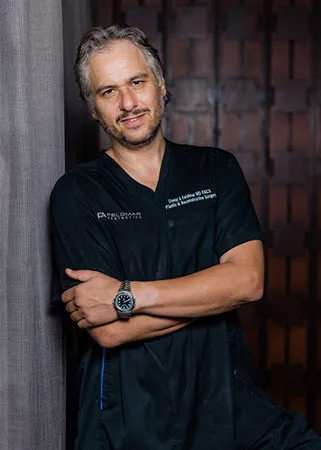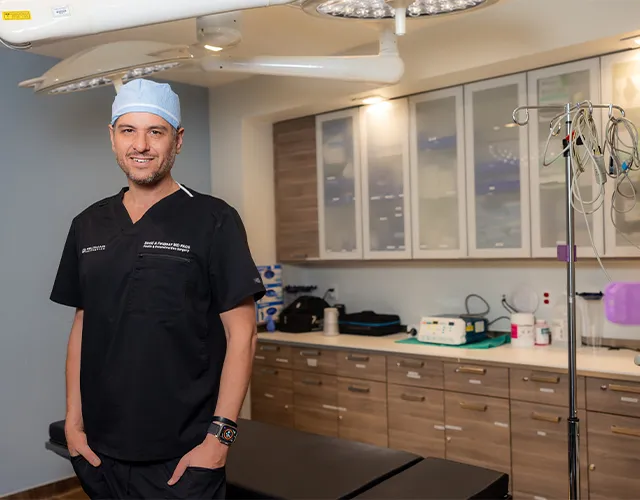


A venous leg ulcer is a long-lasting wound that takes longer than four to six weeks to heal. They generally occur just above the ankle on the inside of the leg. The indications of a venous leg ulcer include discomfort, itching, and inflammation, or edema, in the leg. There could also be discolored or thickened skin surrounding the ulcer and it may yield a foul-smelling discharge.
These ulcers are pretty common, making up 70 to 90% of all cases. Venous leg ulcers can occur following a slight injury because high pressure is consistently present in the veins of the legs. To learn more about venous leg ulcer treatment in Beverly Hills with Dr. Feldmar, contact Feldmar Aesthetics today to schedule a consultation.
Most ulcers heal in around three to four months if they are treated by the doctor. At the office, the doctor will employ compression therapy once the wound itself has been cleaned. It is important to note that some ulcers can take much longer to heal.
The underlying cause of the ulcer must be addressed, otherwise, there will be a greater risk of a venous leg ulcer coming back following treatment. These causes can include previous DVT, immobility, obesity, or varicose veins.
Many different people can be affected by ulcers, although they do become much more common as a person ages. A person has a much greater risk of developing an ulcer if he or she has had deep vein thrombosis (DVT) previously or if the person finds it troubling to walk because of an issue like:
A person is also more at risk if he or she has recently had an operation on the leg. People with varicose veins also have a greater likelihood of developing venous leg ulcers.
Dr. David Feldmar is a double board-certified surgeon in General and Cosmetic Surgery with a specialized focus in wound care. Known for his meticulous technique and compassionate approach, Dr. Feldmar leads a skilled team dedicated to treating complex, chronic, and post-surgical wounds. From managing diabetic ulcers and burns to performing advanced closures and graft procedures, his goal is to promote healing, prevent complications, and restore quality of life for every patient.
Whether at home or in a facility, Dr. Feldmar delivers expert wound care where it’s needed most—with a personalized, patient-first philosophy.






Our team delivers advanced wound care with surgical precision and a human touch—because healing is more than skin deep.
